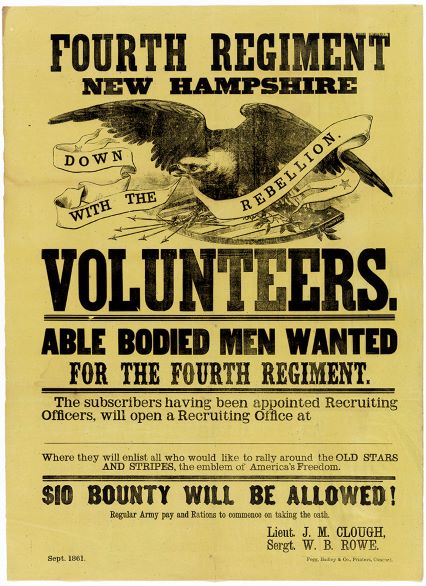National War, Local Tragedies
The U.S. military’s reliance upon the reserves and national guards in Iraq is almost a throw-back to the 19th Century. While there are some significant differences, we’ve taken nearly a 360 degree turn. Unfortunately, we now face some of the same tragic consequences.
Earlier this week, 14 U.S. Marines were killed in a single bombing incident near the Syrian border. These marines were from the same reserve unit organized in Ohio. In all, 20 marines serving in two units – one based in Columbus and one in a Cleveland suburb – were killed in Iraq this week.

This news brought to mind the similar tragedies befalling American towns during the Civil War. The story in the pdf link below is of the tragic results to local communities who filled the 14th South Carolina Volunteer Regiment, the 16th Maine Infantry Regiment, the 26th North Carolina Infantry, and the 24th Michigan Infantry Regiment. The tragedies occurred on the same day – July 1, 1863, the first day of the three day battle.
We can only hope that casualty rates in Iraq, or anywhere else for that matter, never approach those incurred on July 1, 1863.
As a geographical sidenote, the stories of these regiments take place in the area of MacPherson Ridge, the high ground of Edward MacPherson’s farm about ½ mile west of Gettysburg. This was the site of intense fighting on July 1st, particularly around the “railroad cut” – excavation for a railroad yet to be constructed (shown in the photo on the top of the page). The main forces of Confederate General Robert E. Lee’s Army of Northern Virginia and Union General George Meade’s Army of the Potomac had yet to arrive at Gettysburg, setting the stage for even more intense fighting on July 2nd and 3rd.
(2019 Update: The numerous links included in the 2005 posting were omitted for this 2019 re-posting.)
